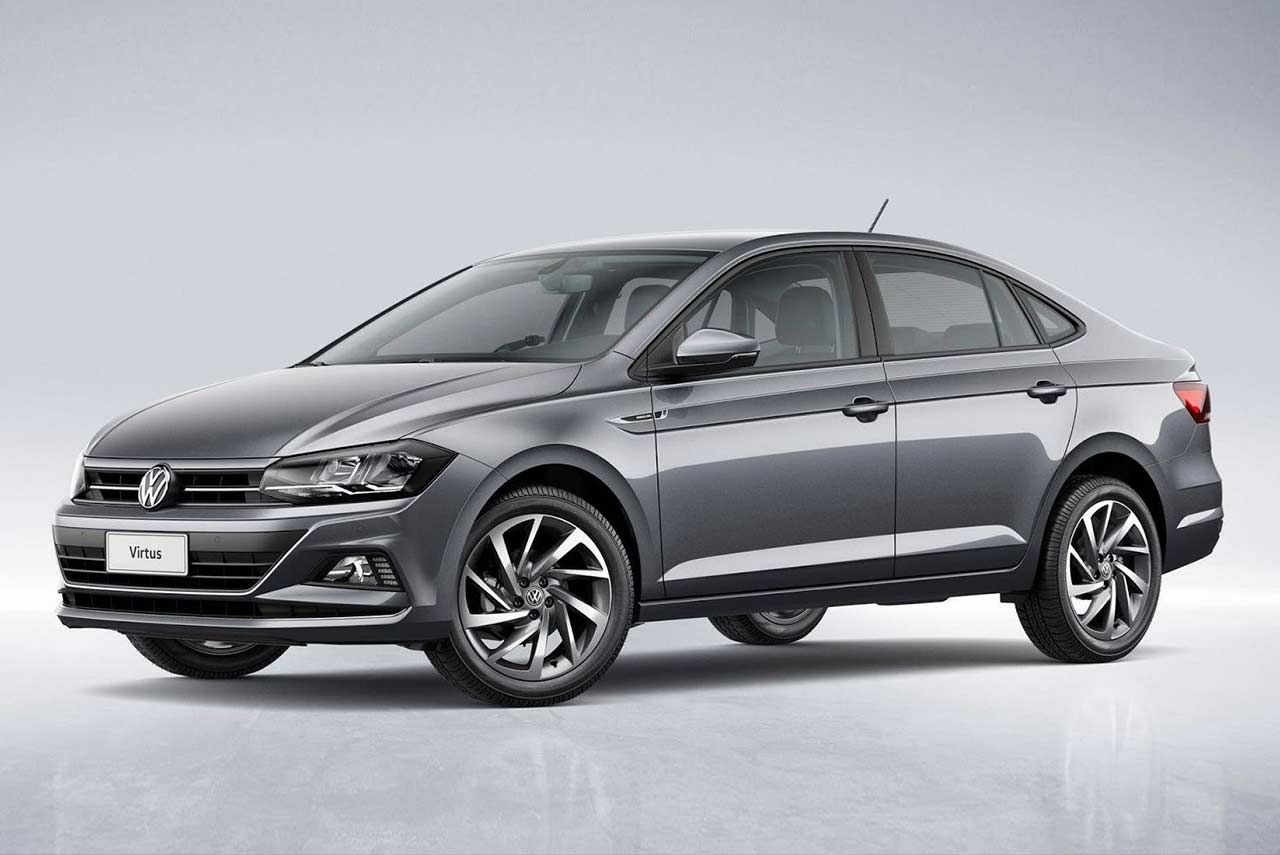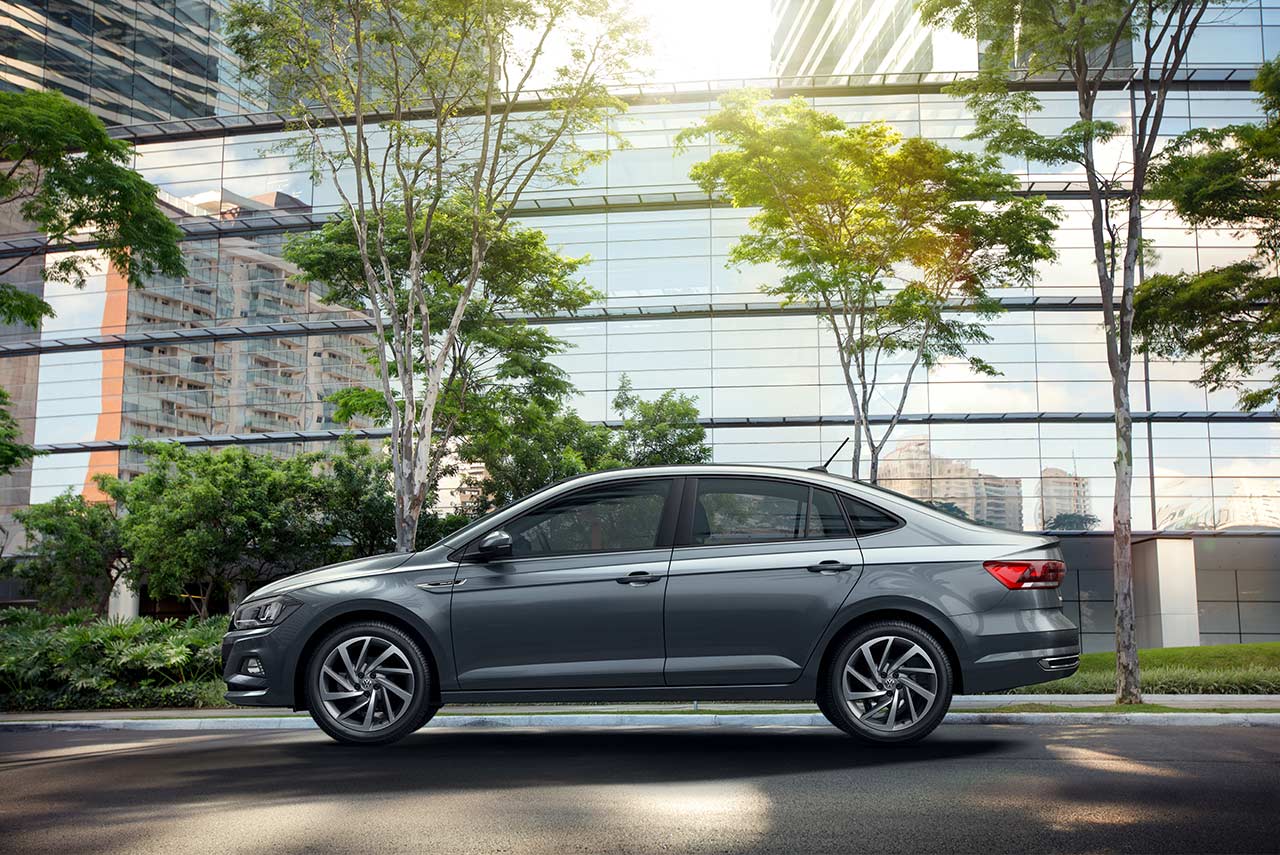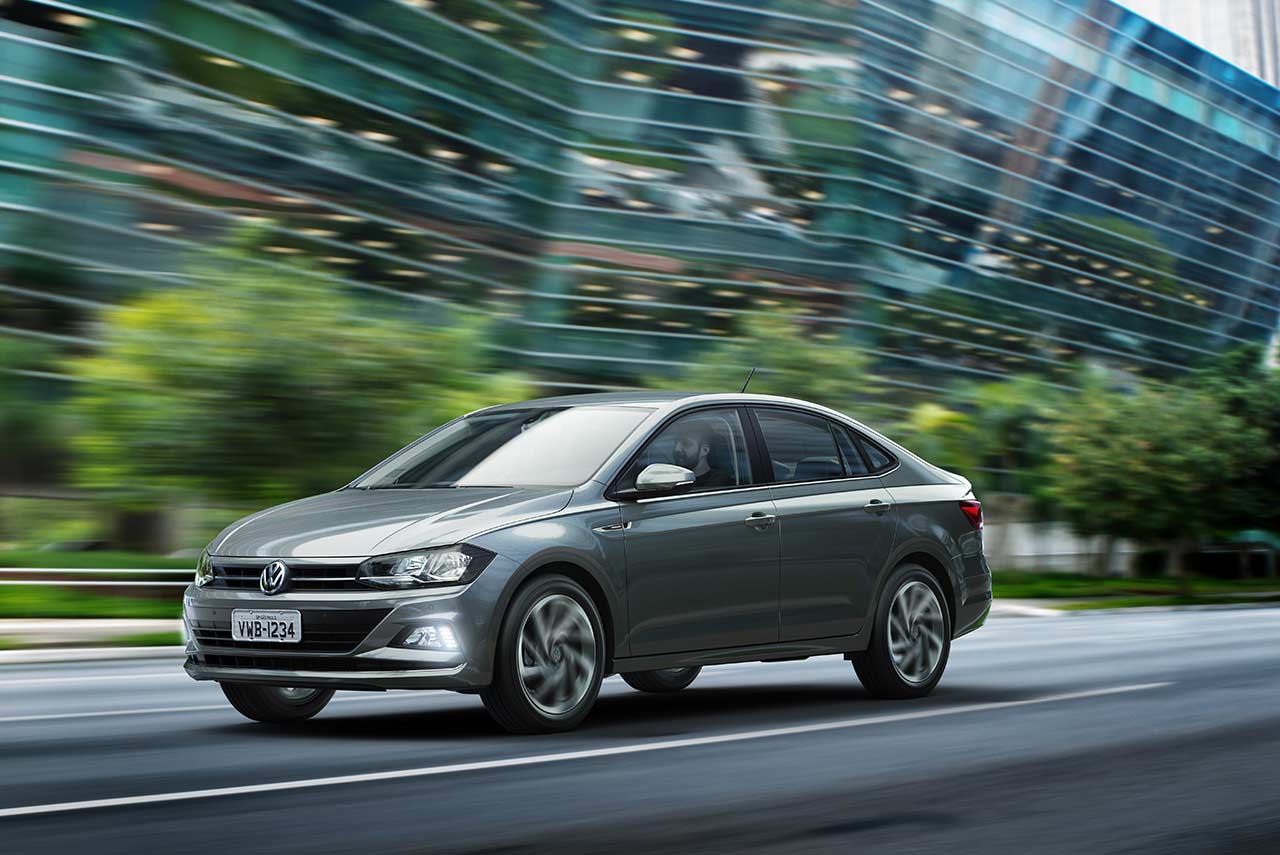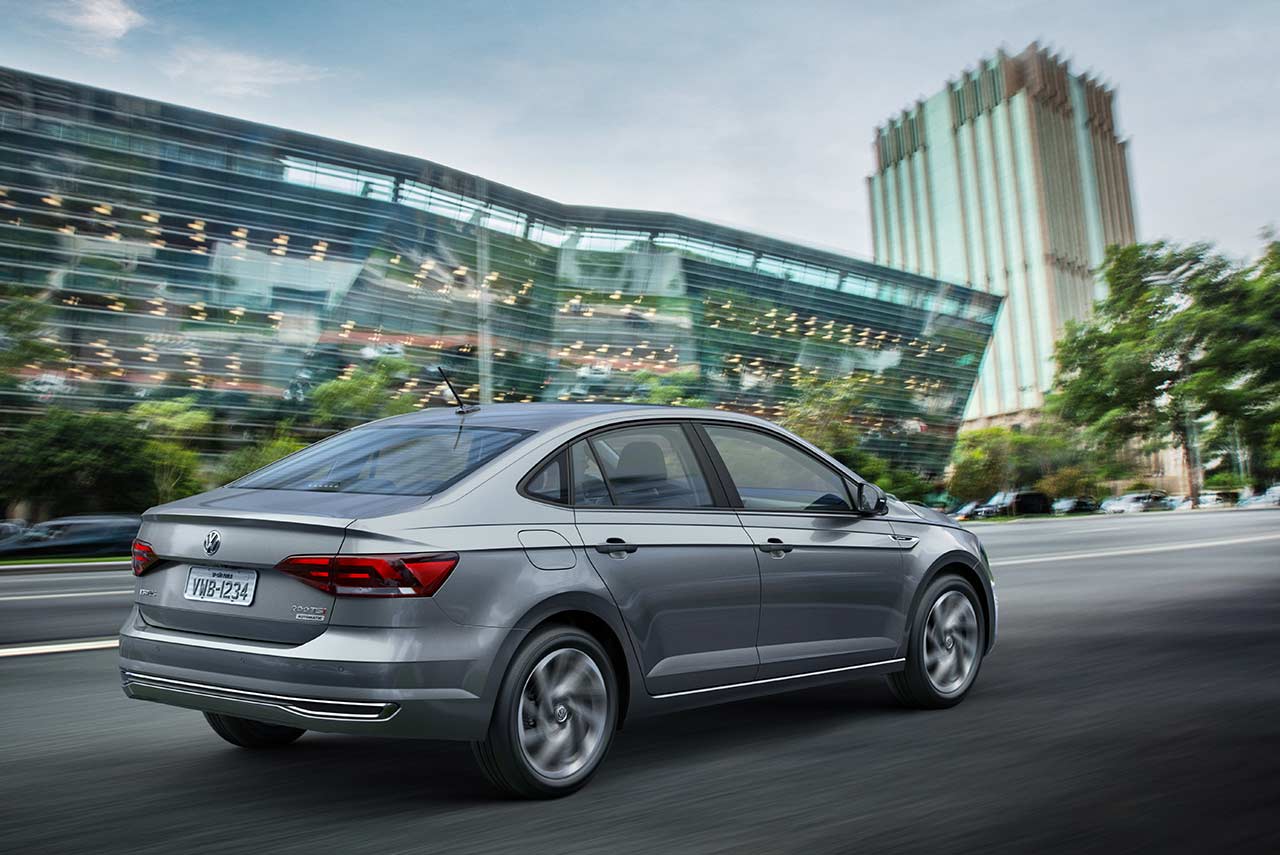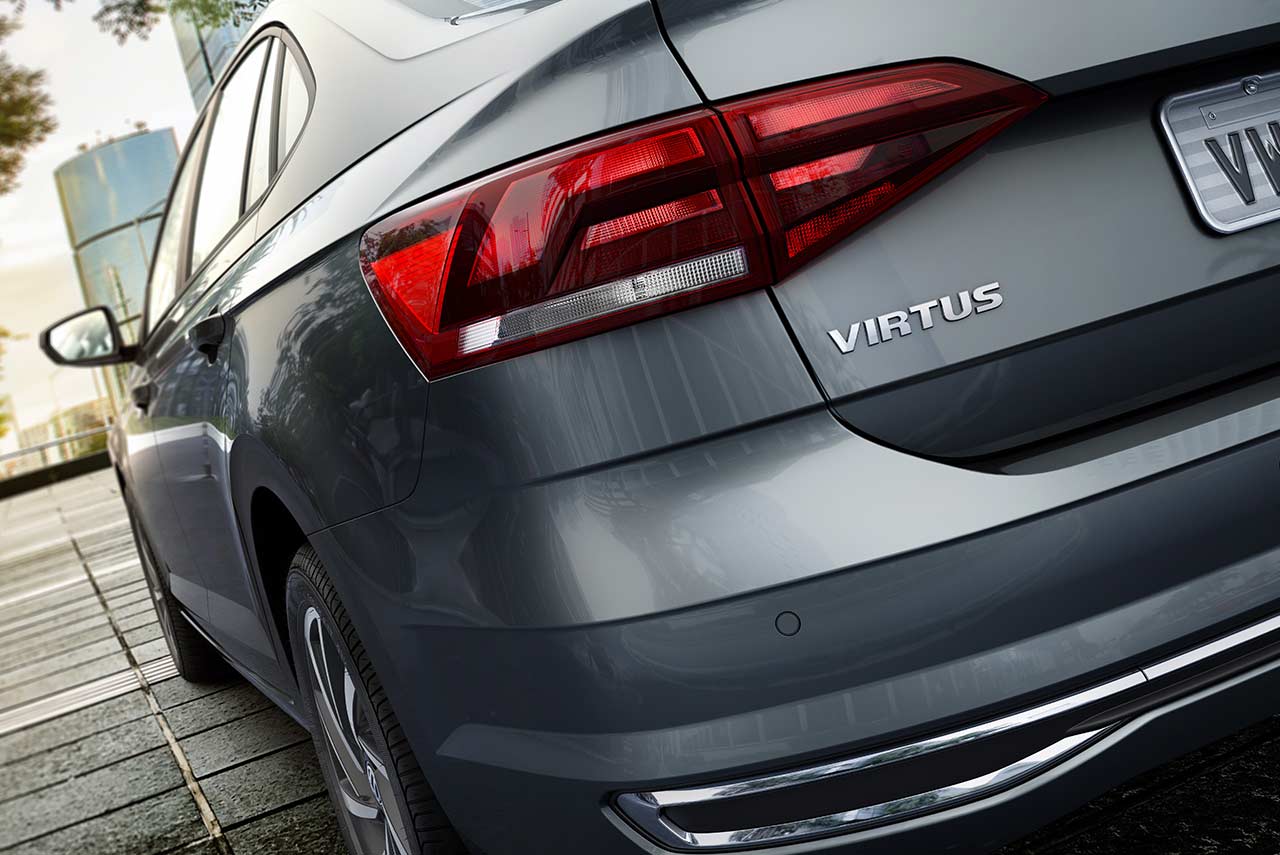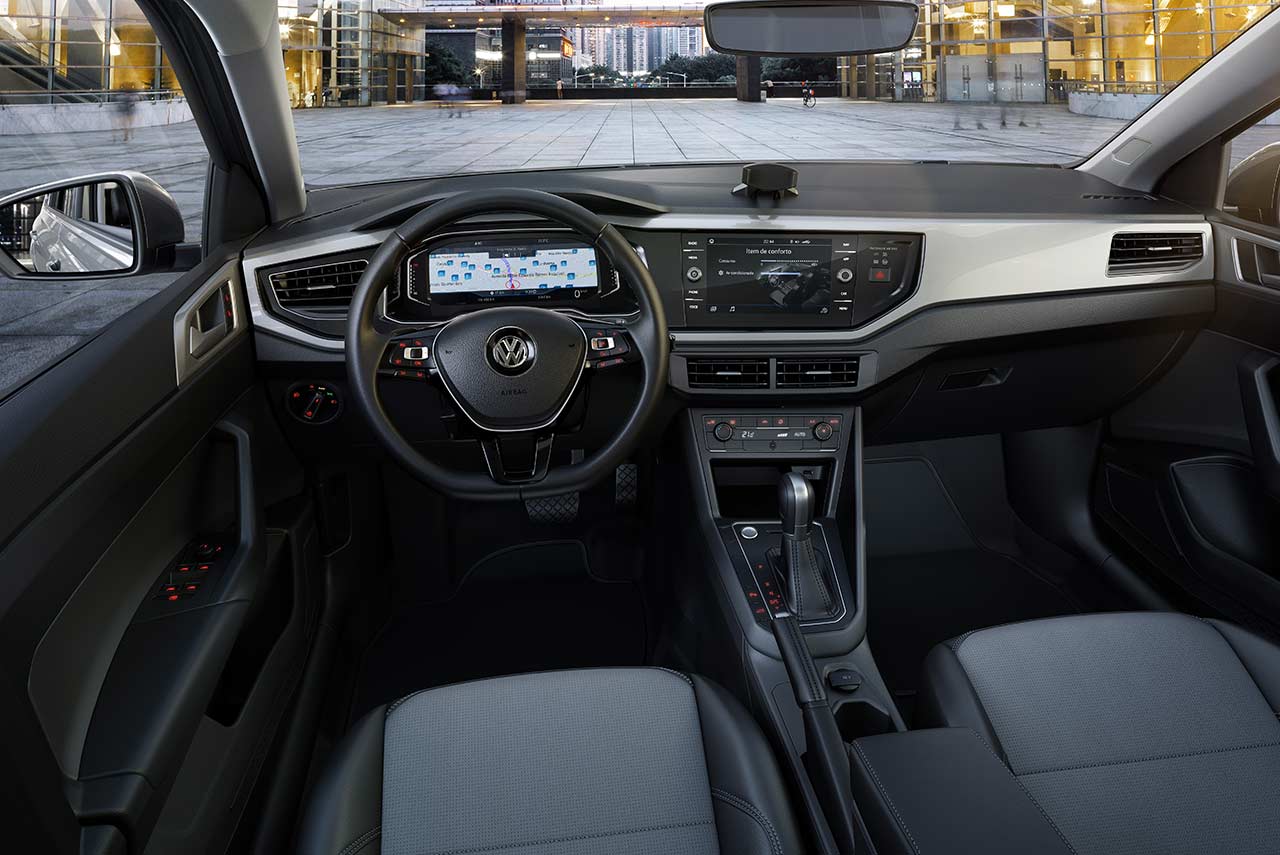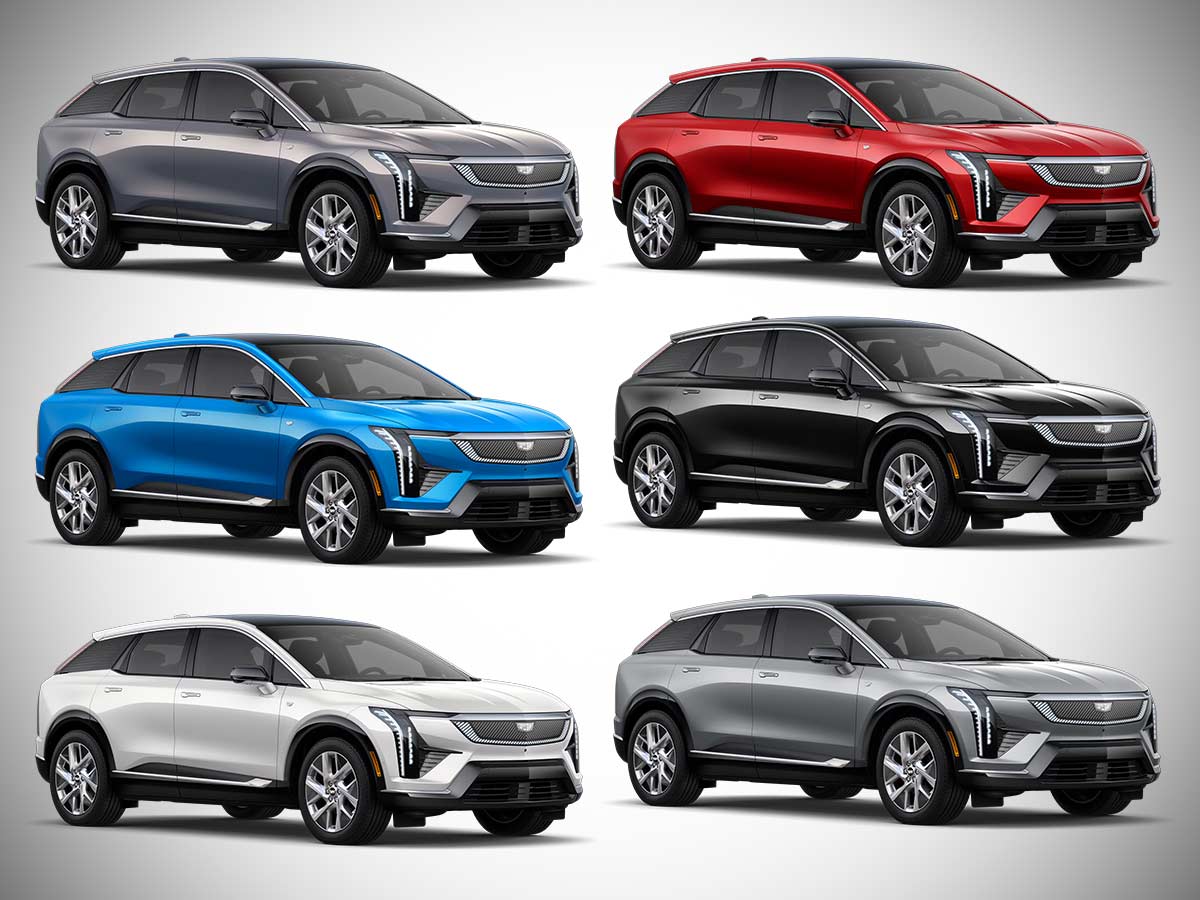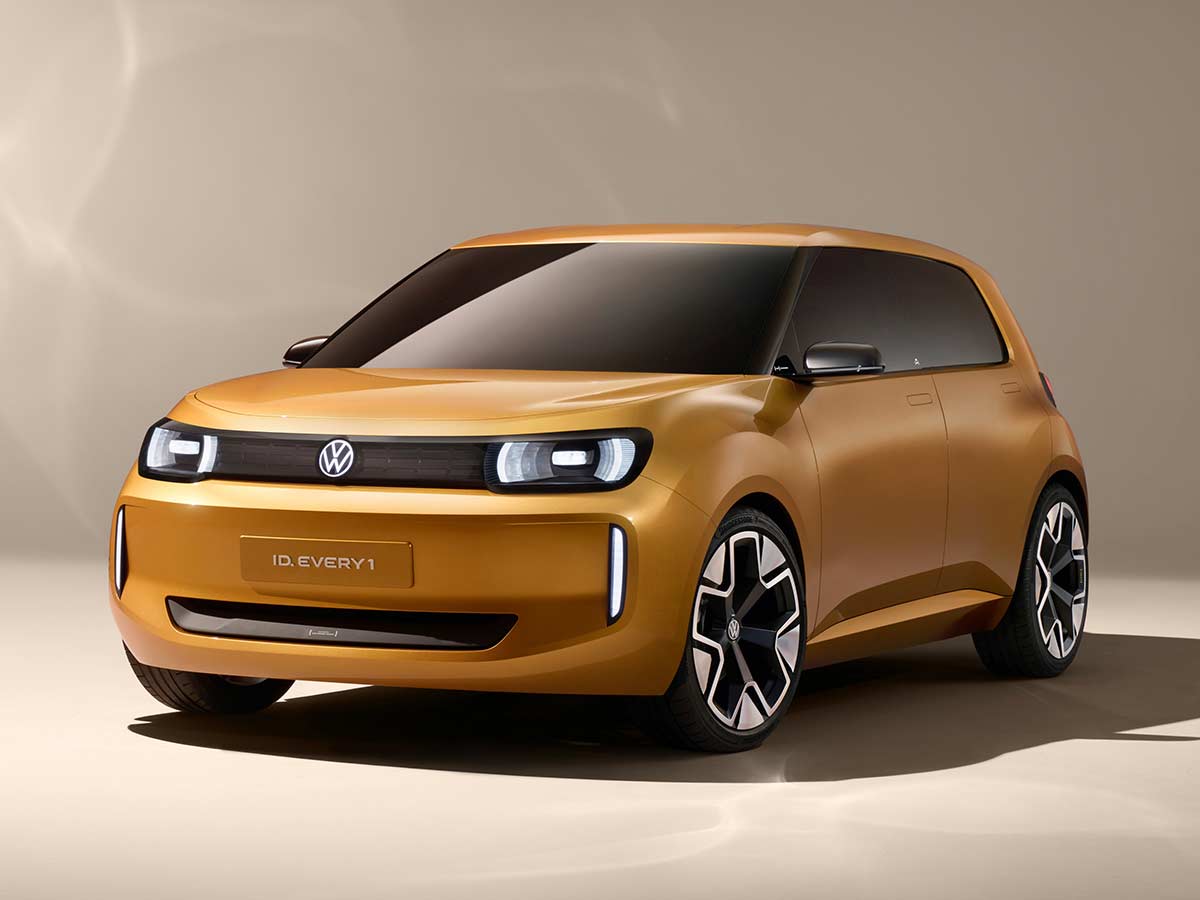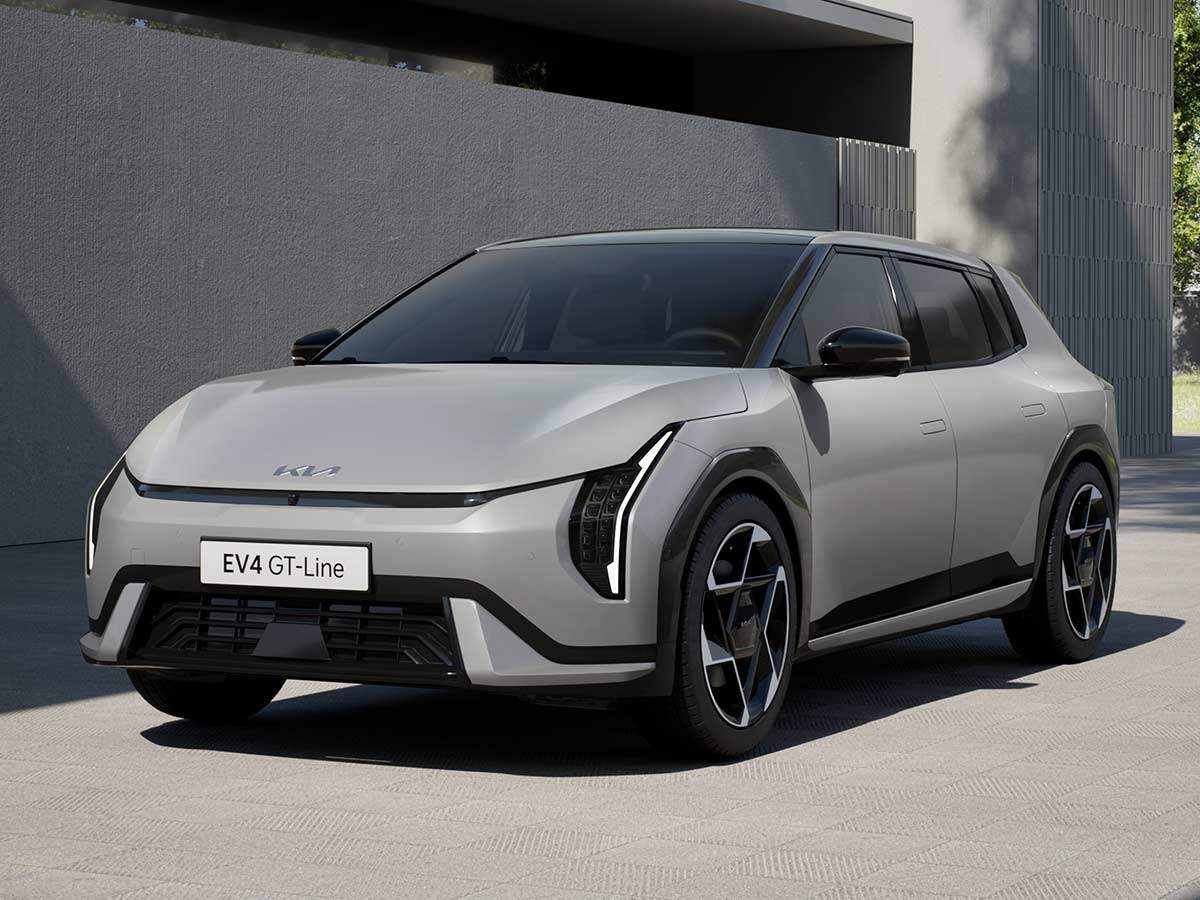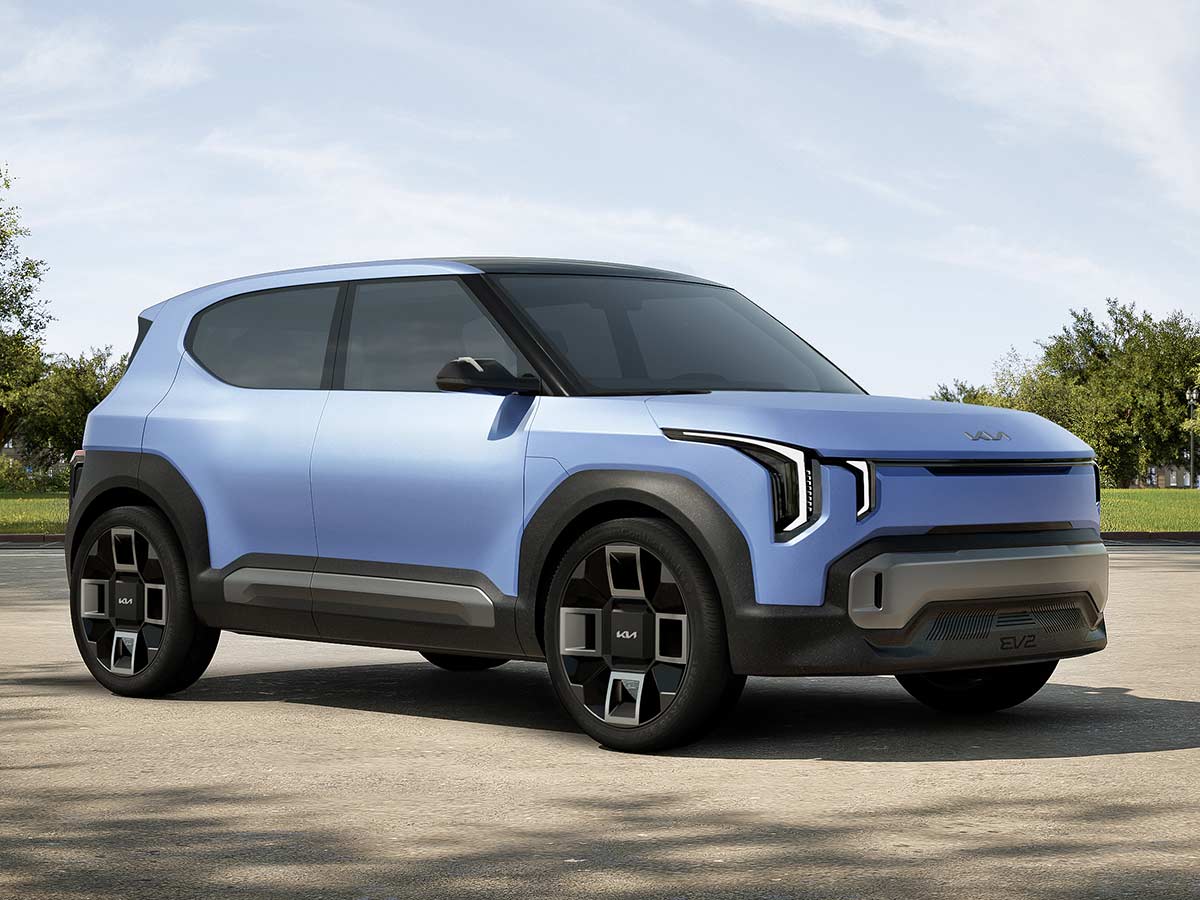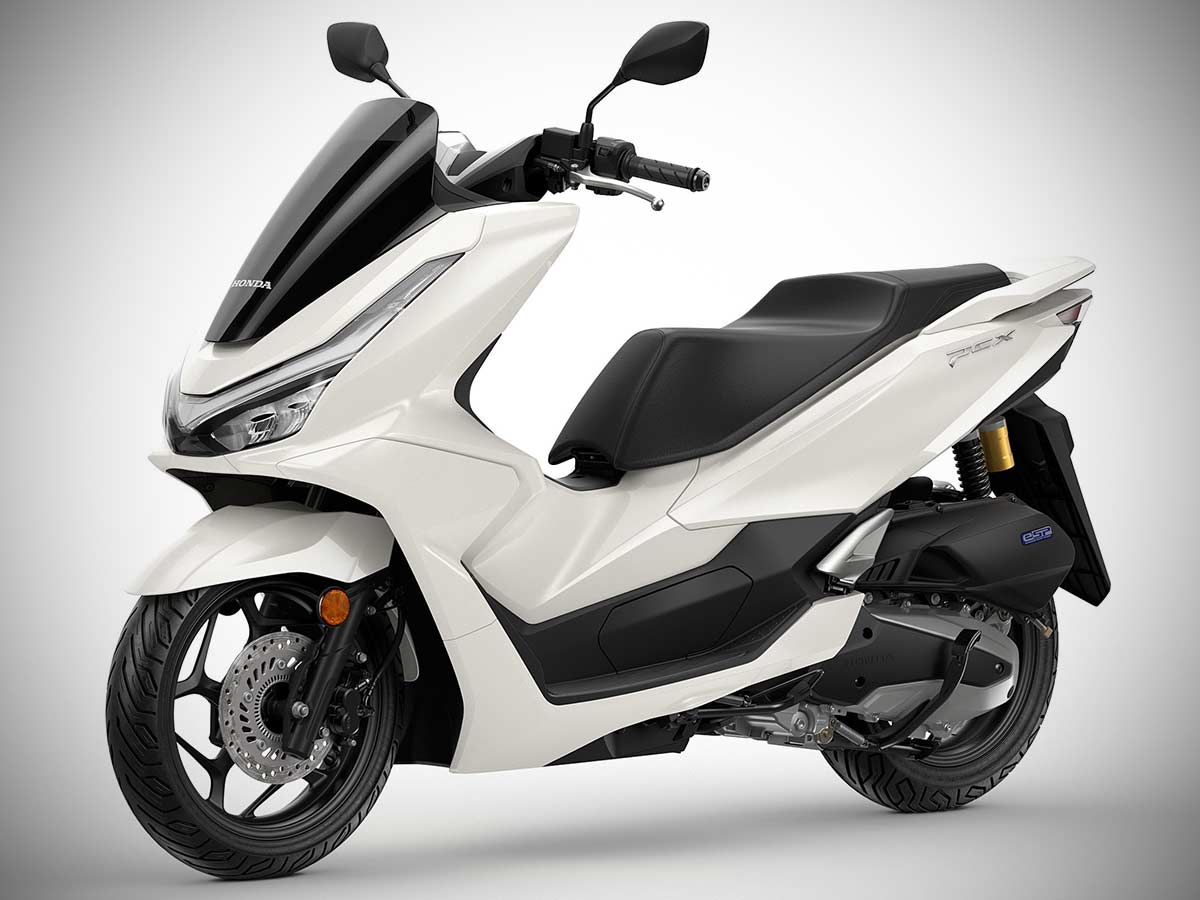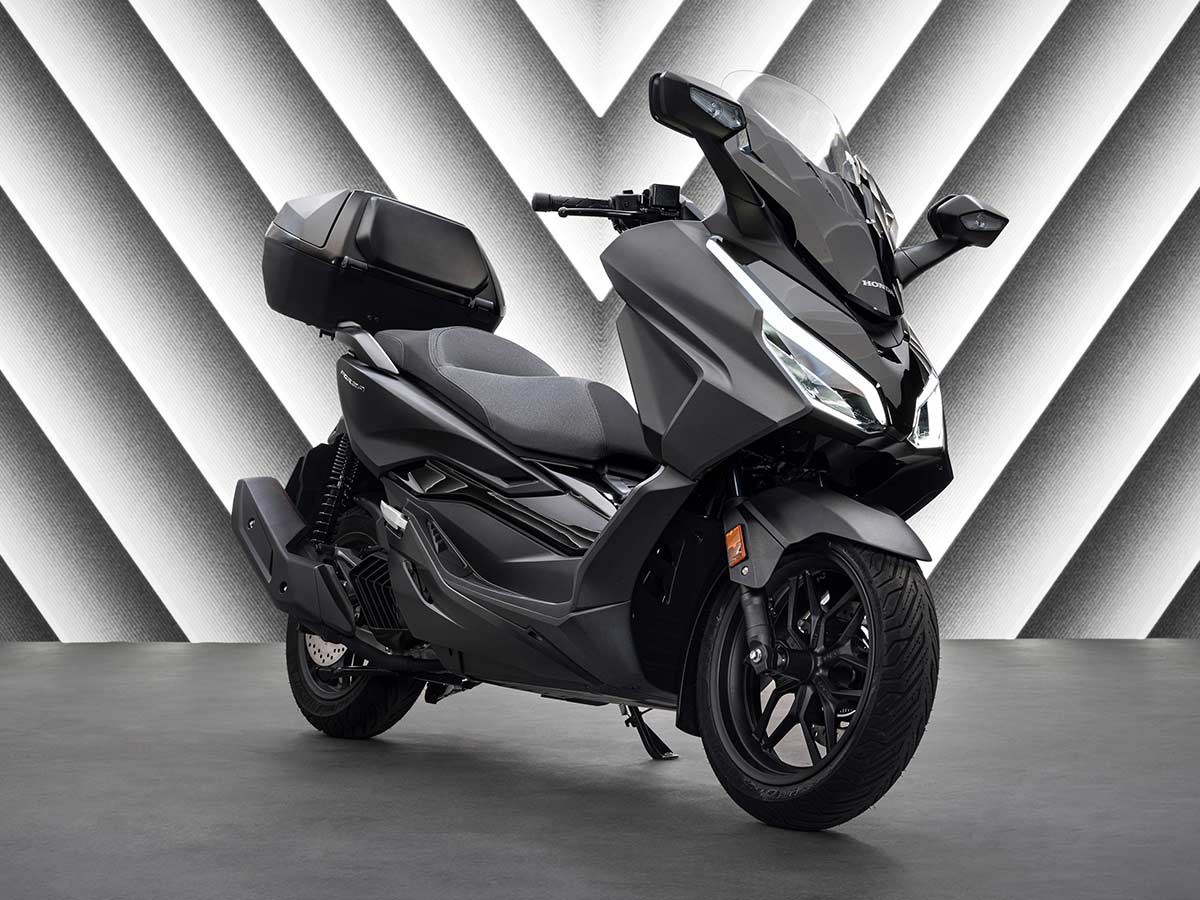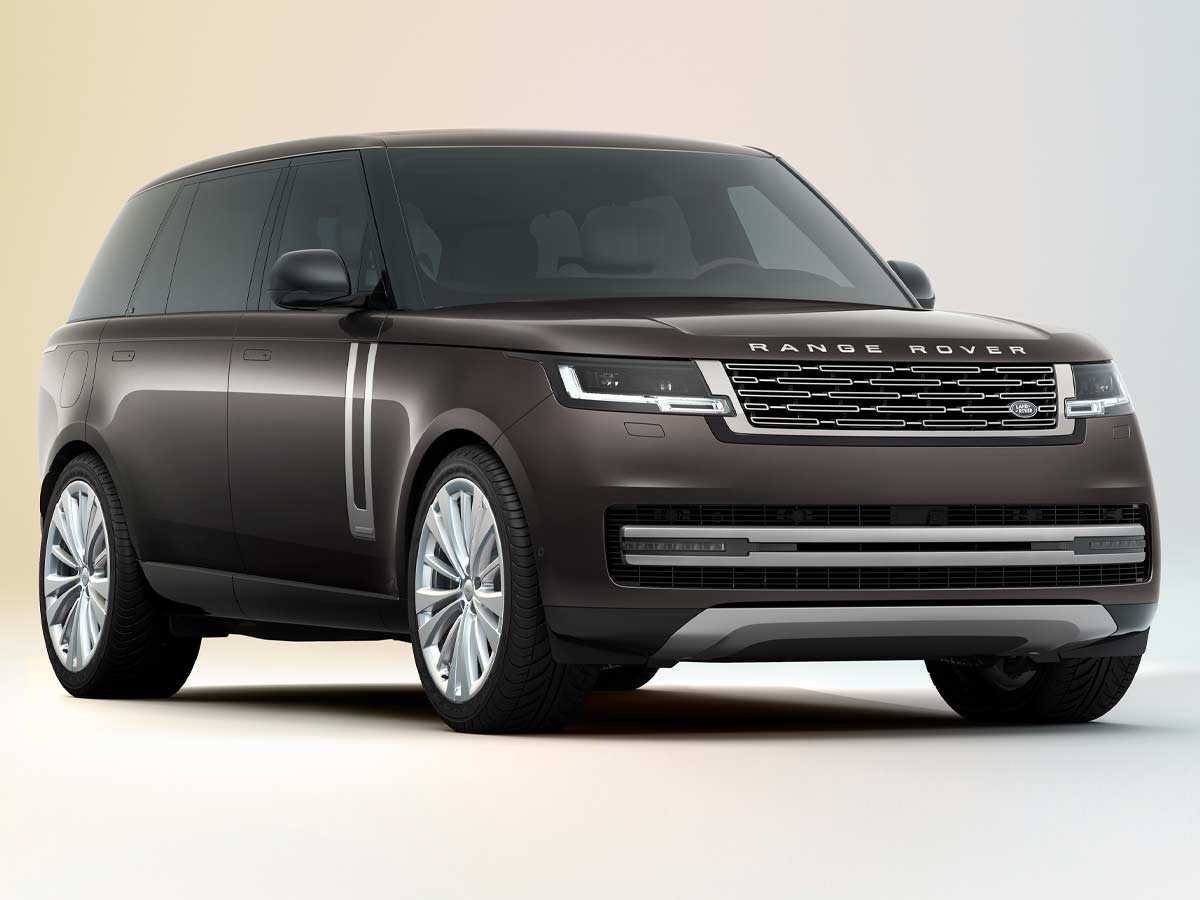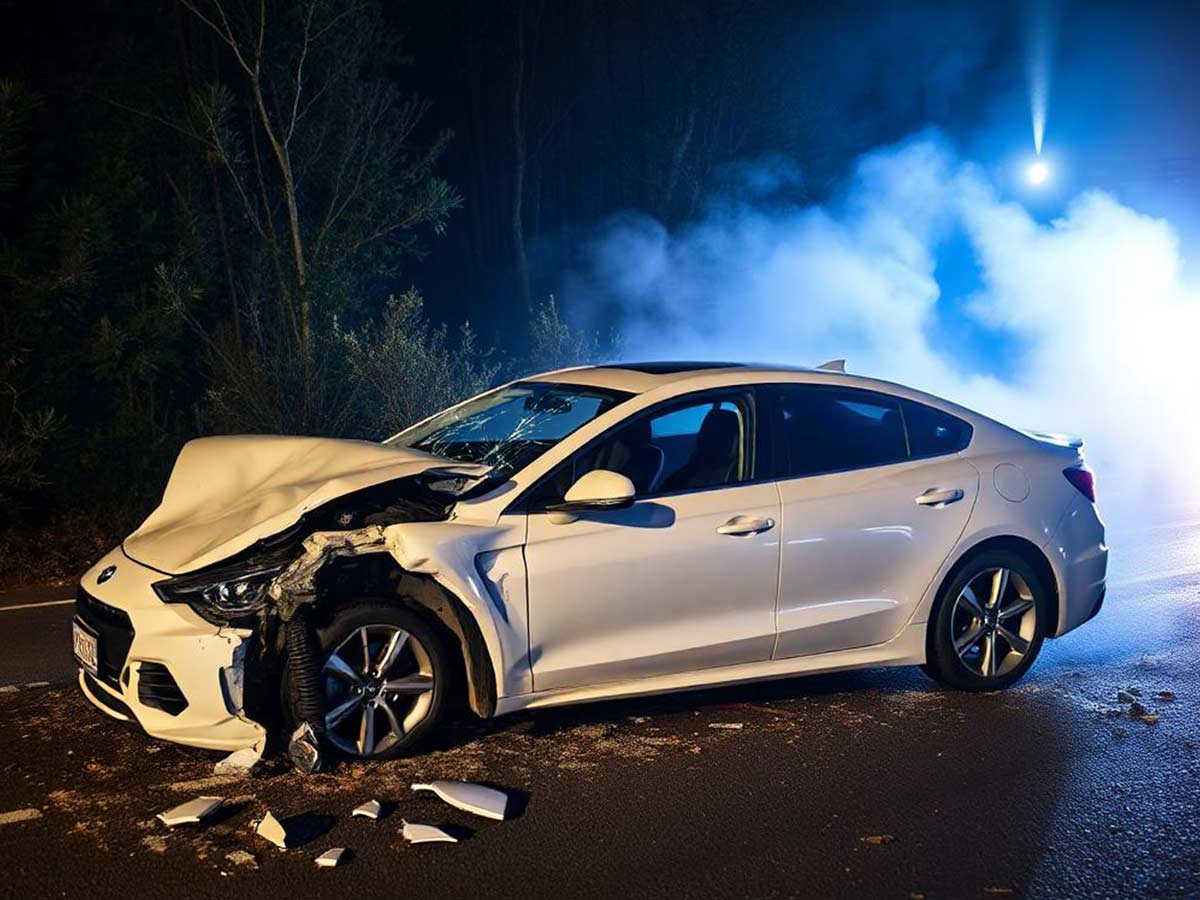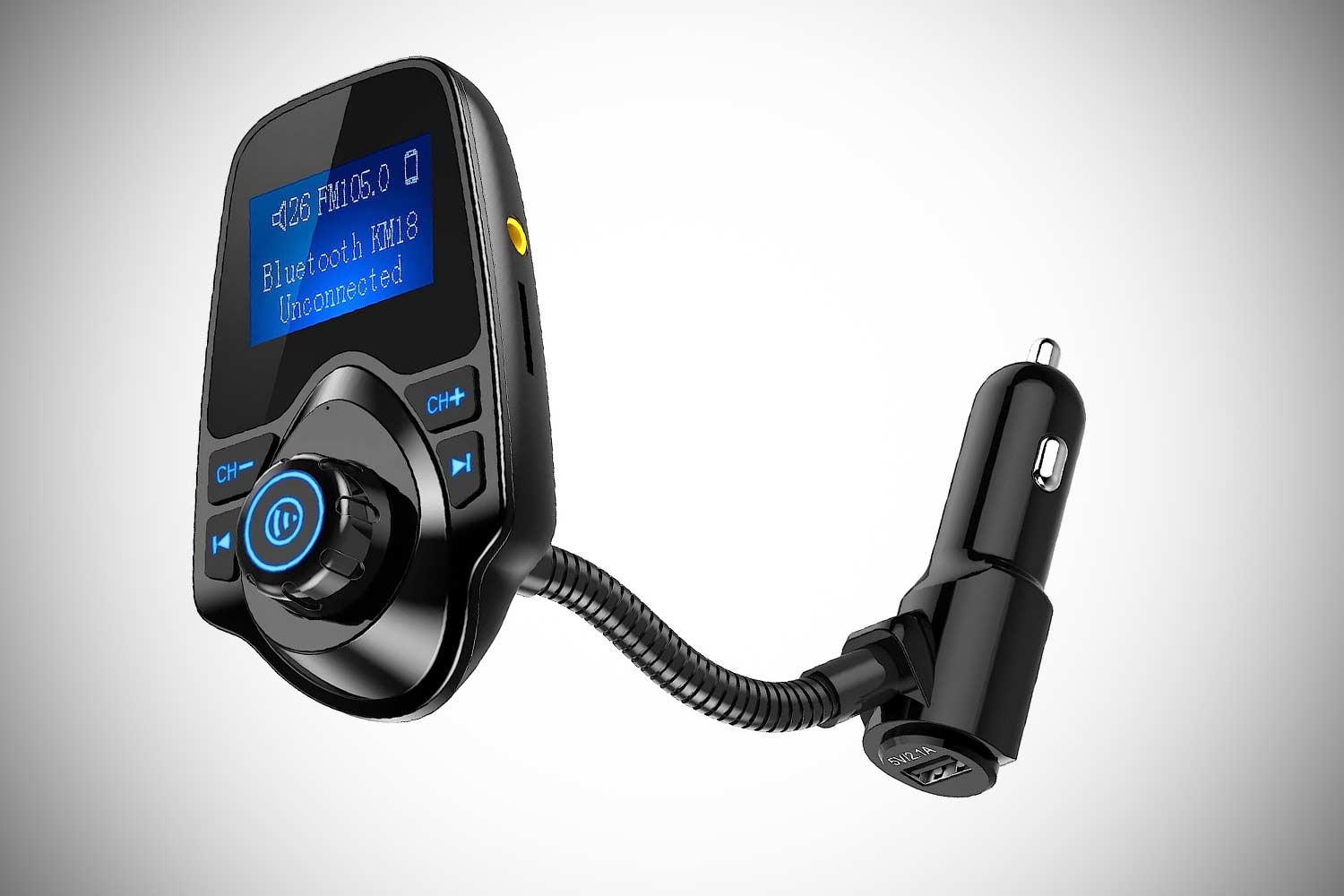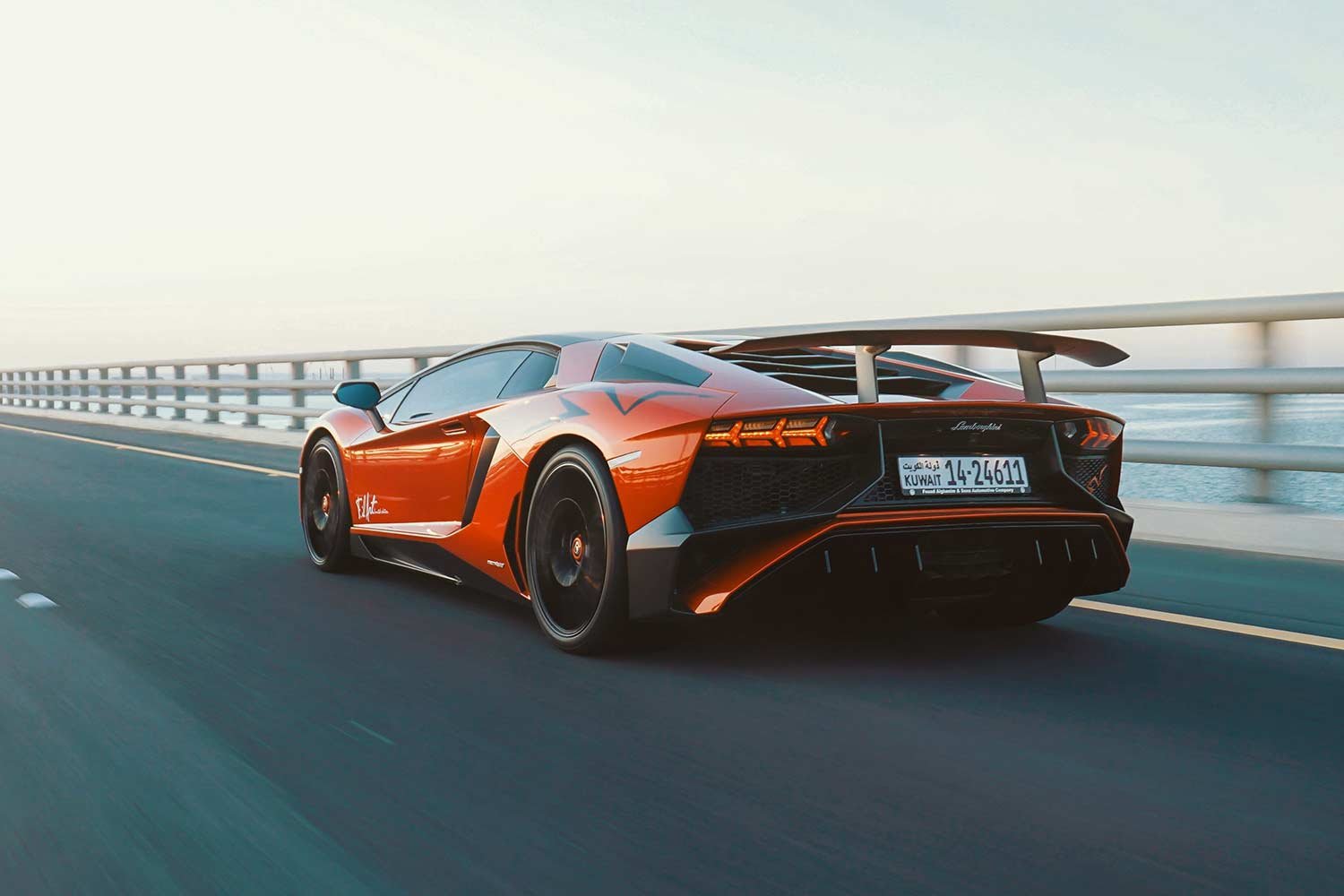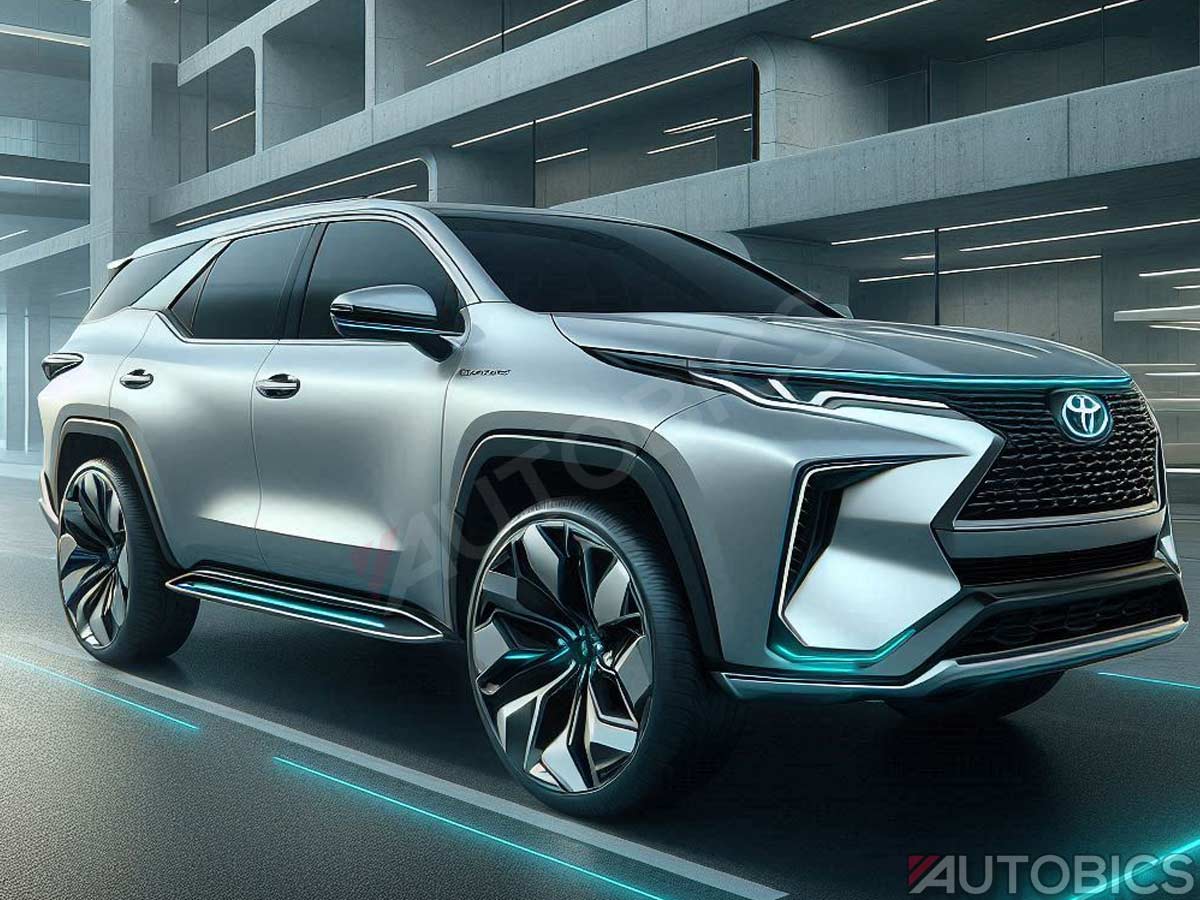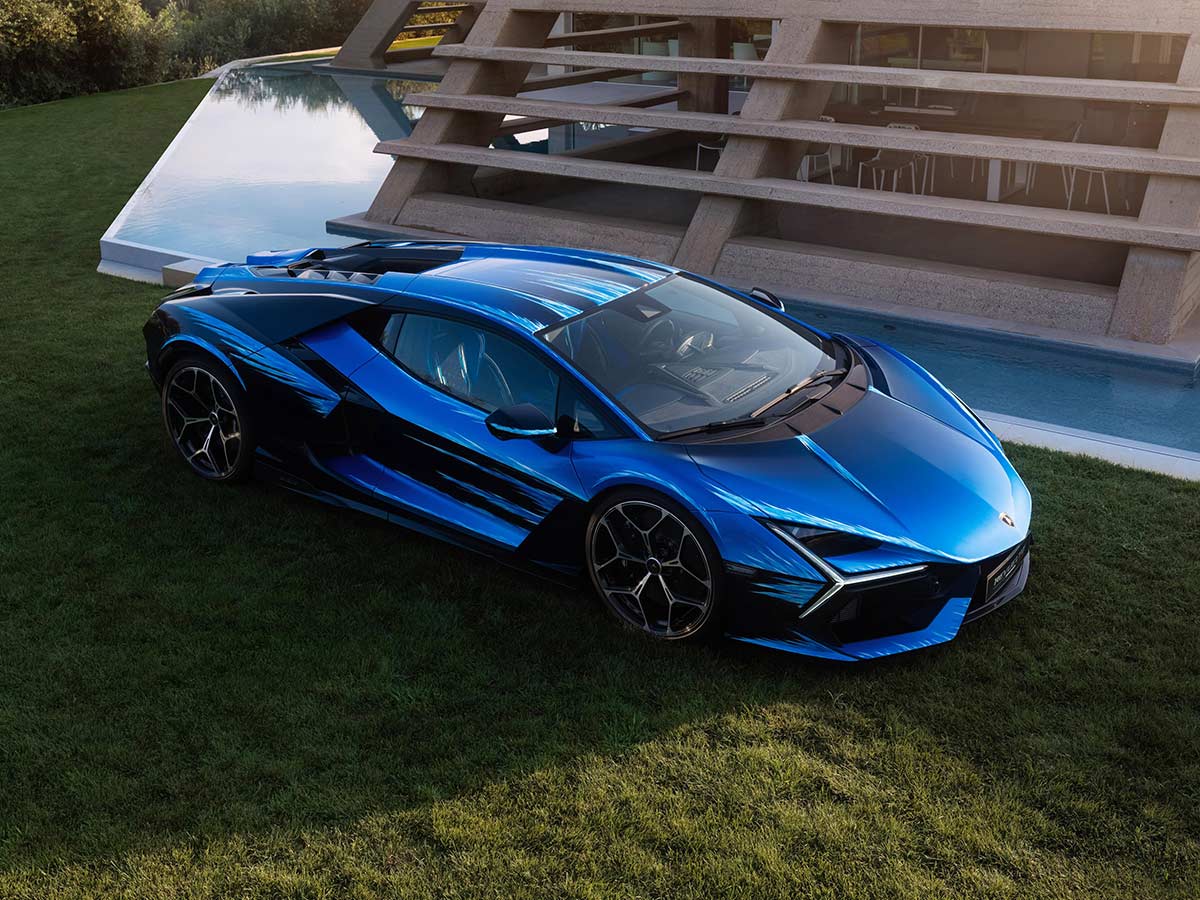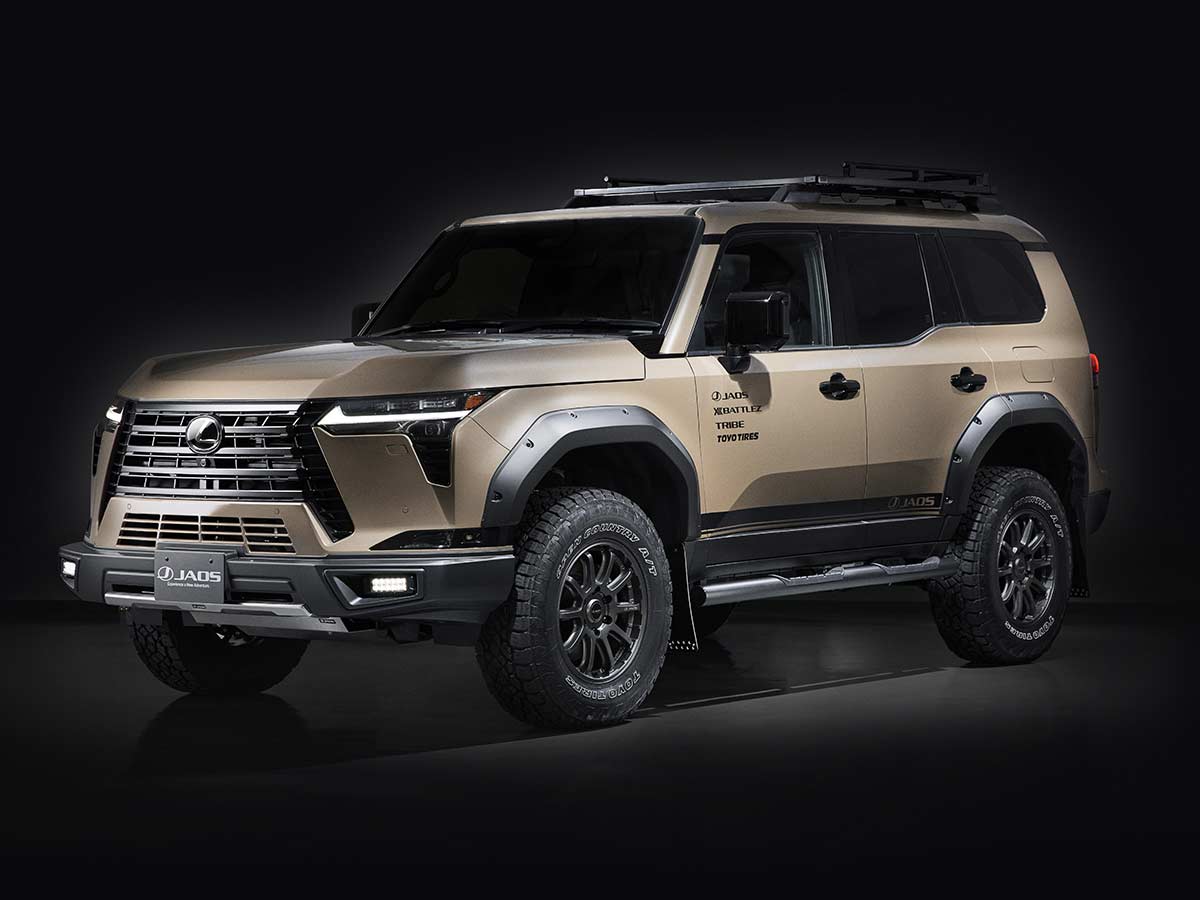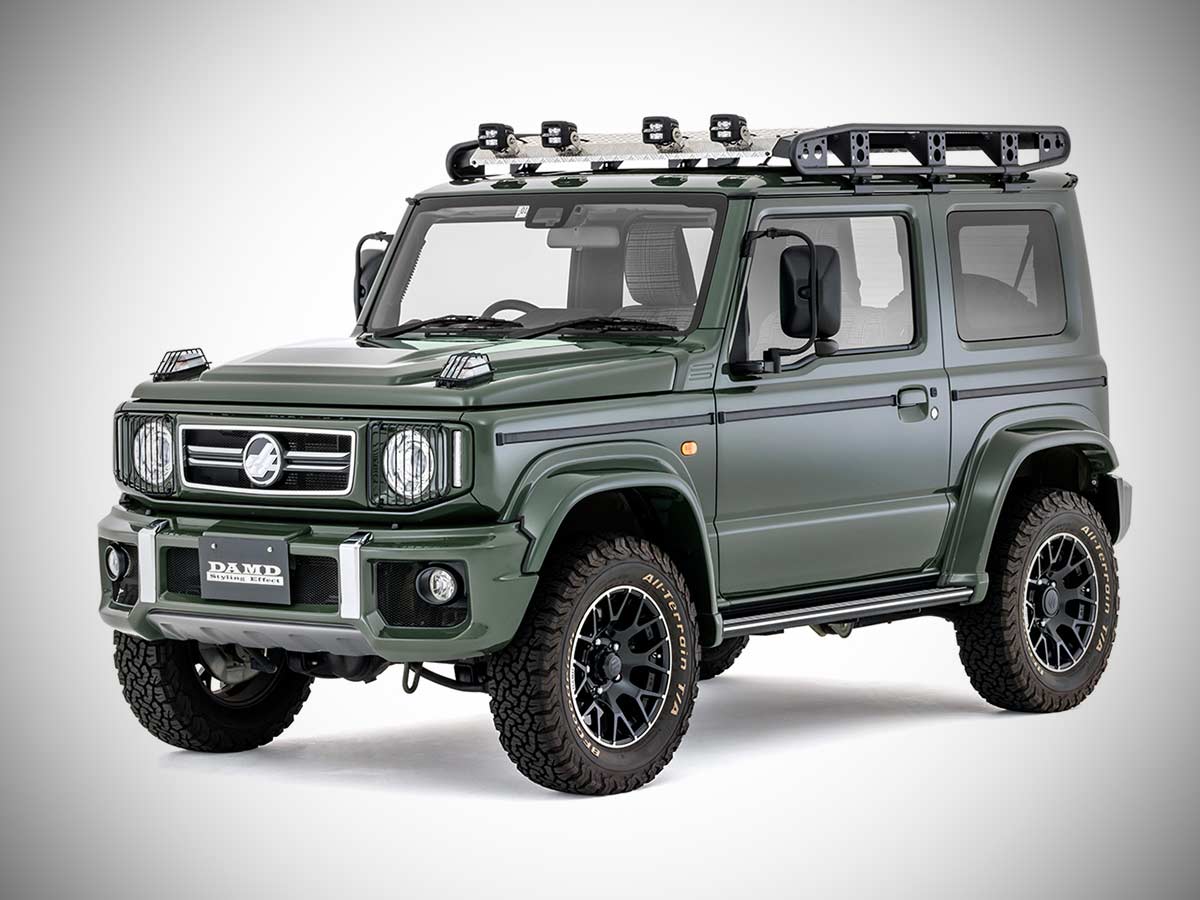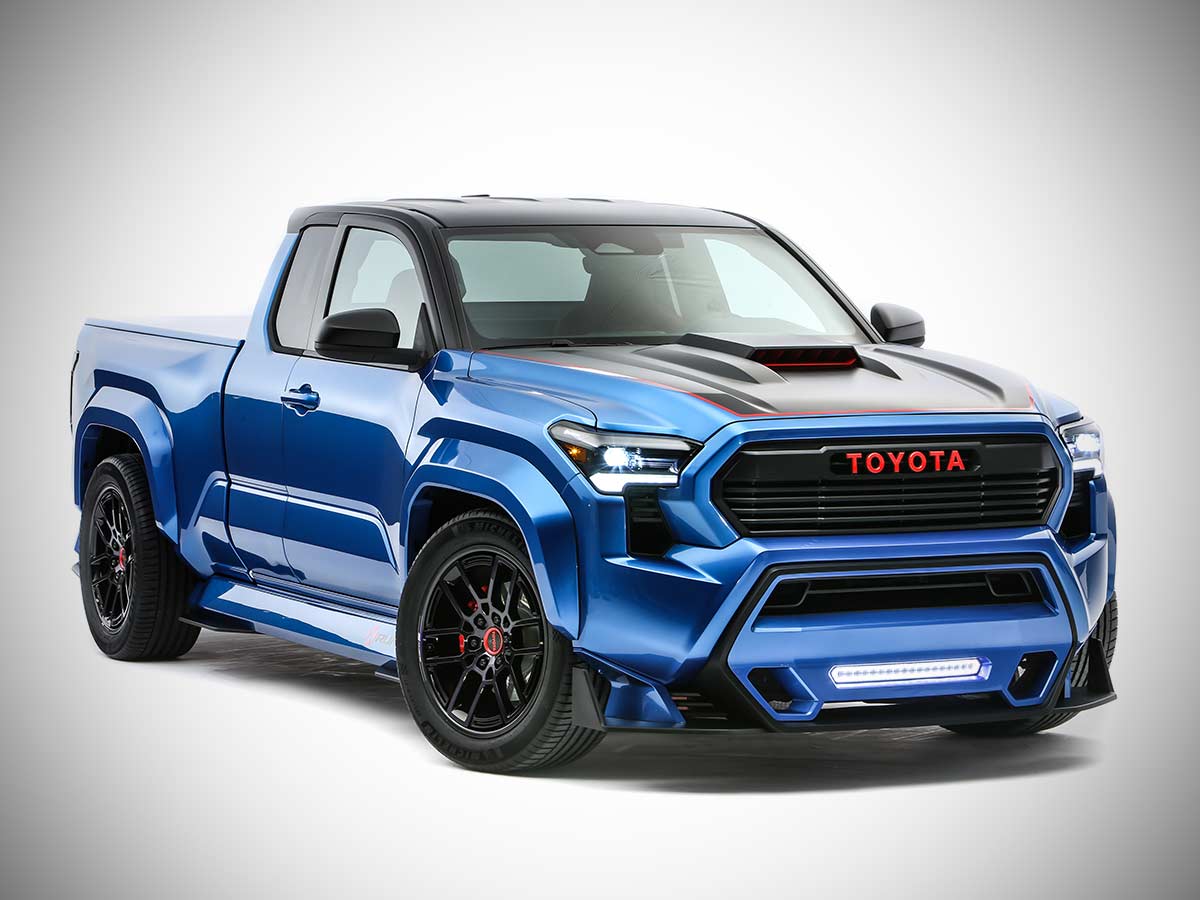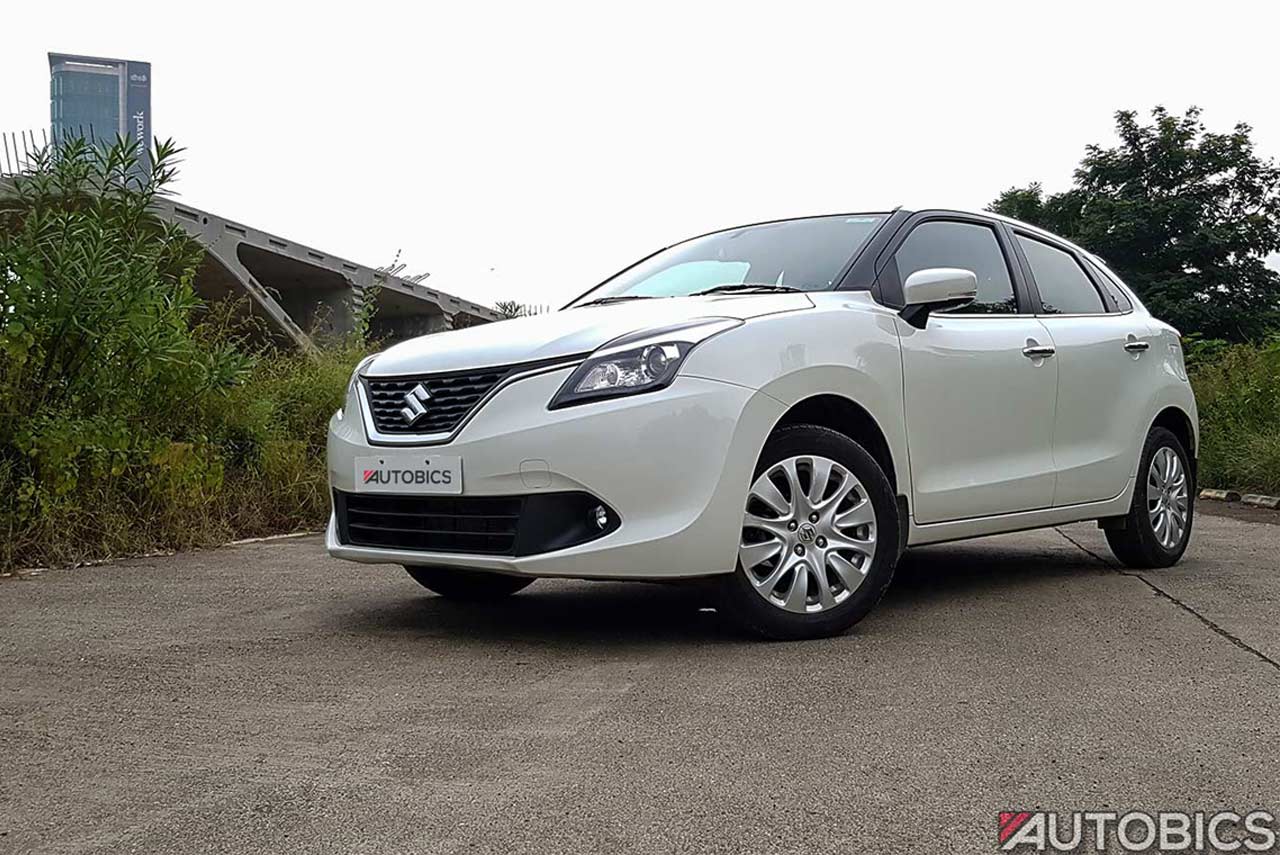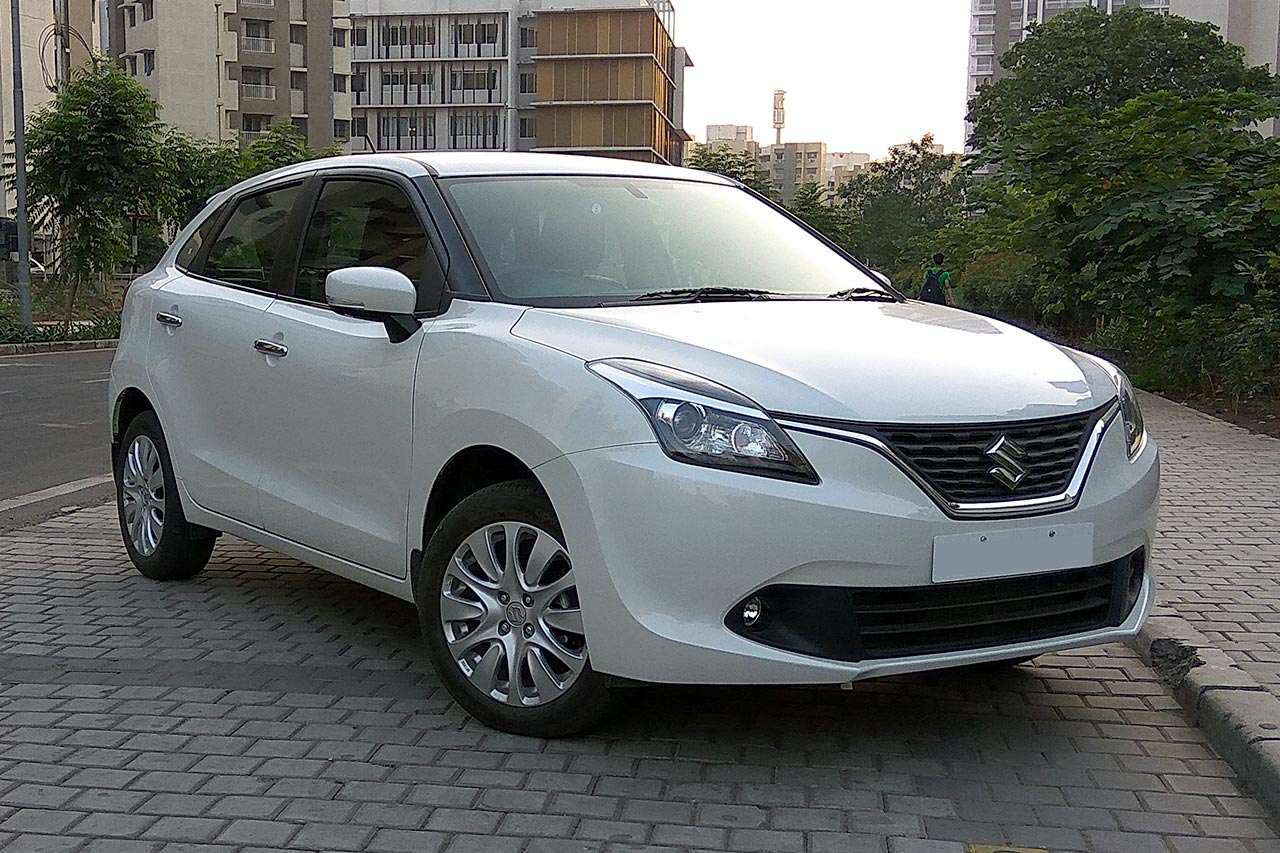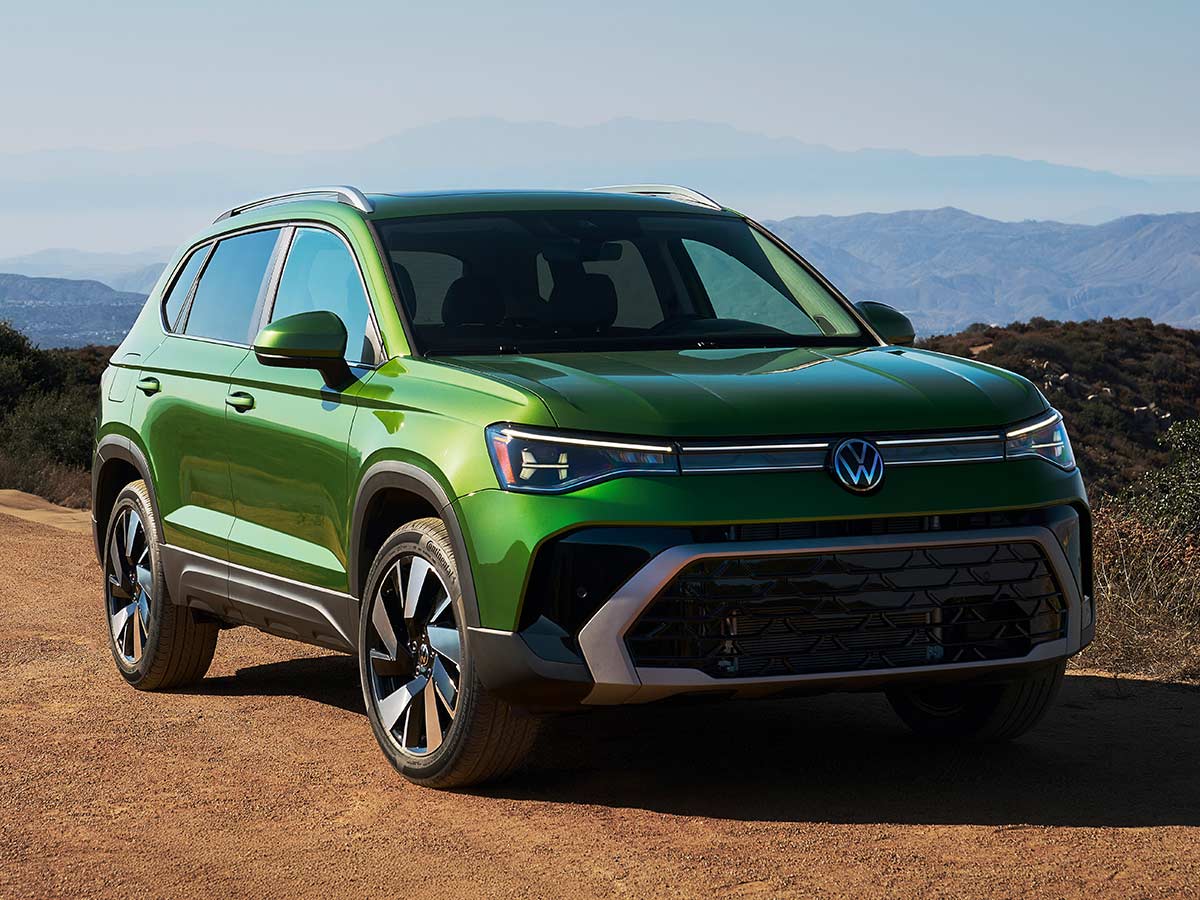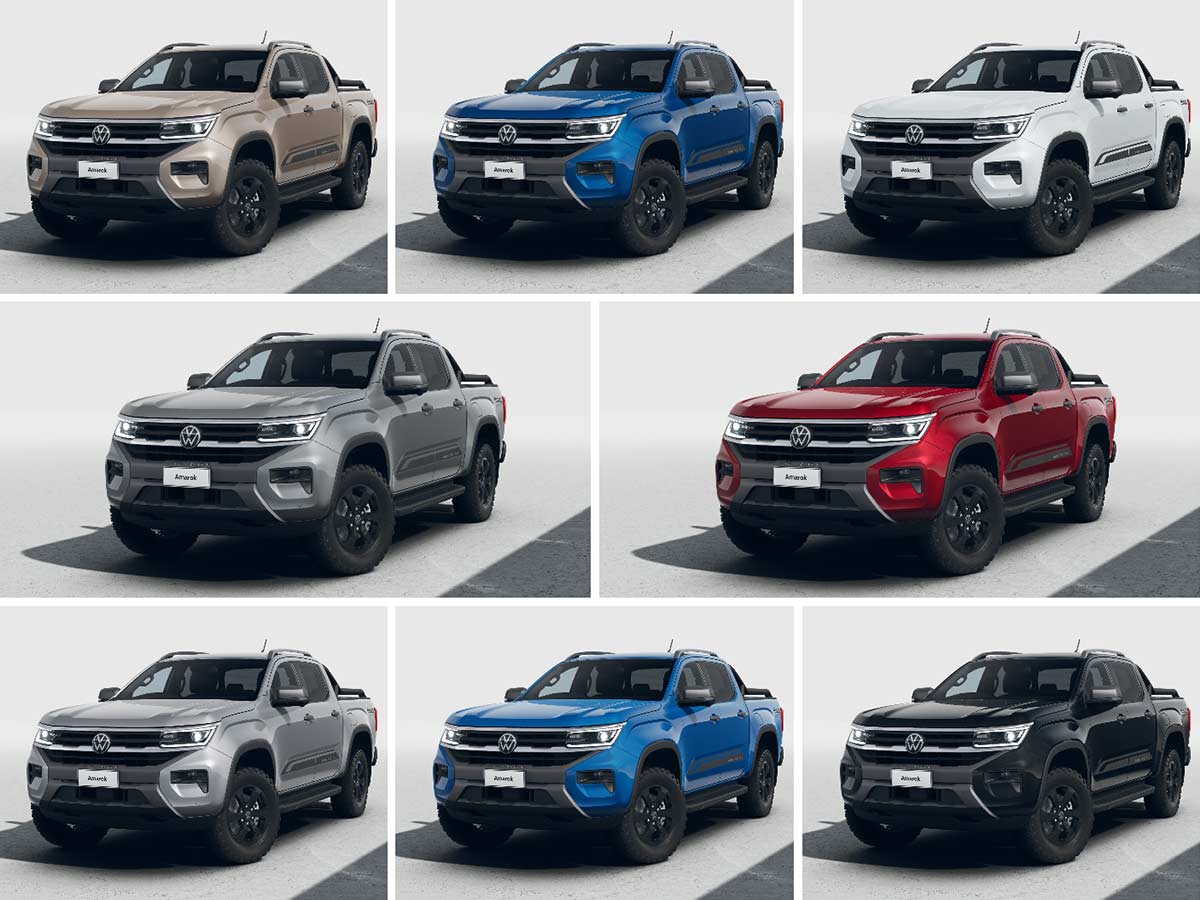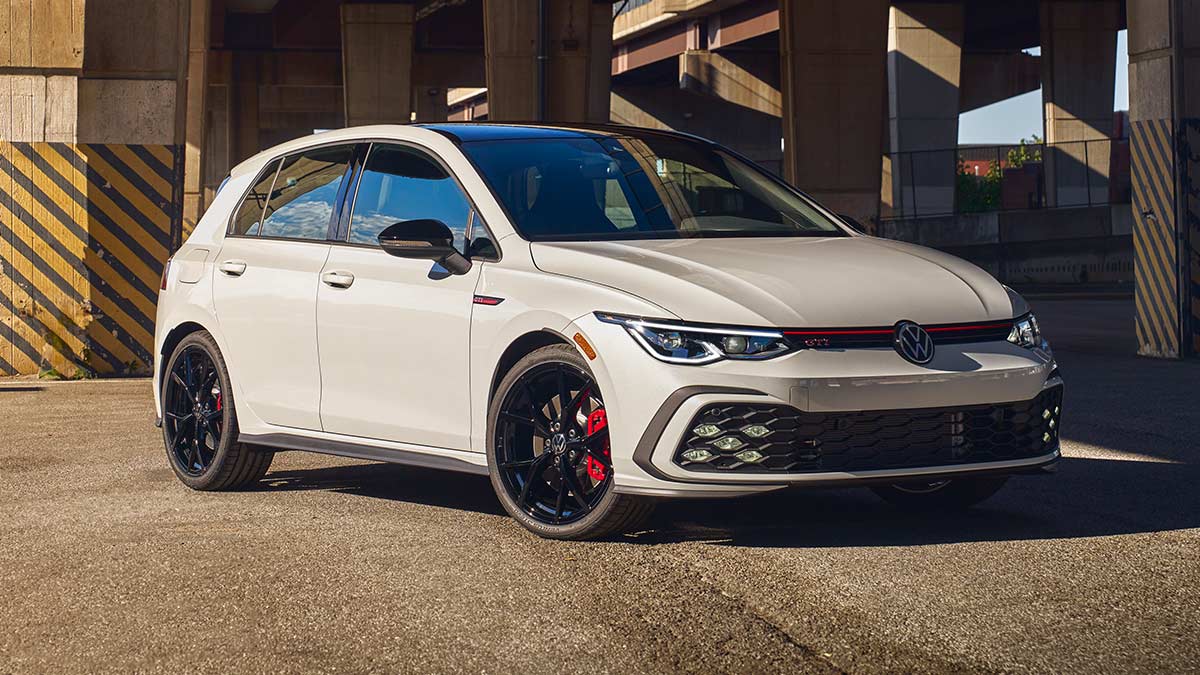The 2018 Volkswagen Virtus also known as the new VW Polo sedan has made its world premiere in Sao Paulo, Brazil. Following the VW Golf and the new VW Polo, the new VW Virtus is the third model in Volkswagen’s Brazilian portfolio and the first sedan that is based on the MQB platform.
The VW Virtus is quite identical to the sixth generation Polo till the front doors. The bumper looks similar but has some extra detailing like the crease that separates the bumper grill and the fog lamps and runs up to the headlamps. The design of the head lamp assembly have also been revised to give a very clean and sleek look. Both these element give the Volkswagen its own identity.
The silhouette of the VW Virtus is very dynamic and due to its increased size makes the new Polo sedan look very premium. The boot has been integrated with the new VW Polo’s body seamlessly with the roof line sloping like a coupe towards the end. The tight crease and smooth body lines give the Virtus a very modern and sophisticated look. The 5-spoke fin-shaped alloy wheels enhance the upmarket appearance of the Volkswagen Virtus.
The rear end houses sleek split tail lamps and the bumper runs a chrome strip at the lower end adding to the sedan’s premium looks. Overall it looks similar to one of the bigger and more premium sedans like the Passat and Jetta from the Volkswagen family.
The new VW Virtus measures 4.48 m in length and is 42.5 inches longer than the new Polo. It has a wheelbase of 2.65 m which is same as that of the current VW Jetta and is 8.5 cm longer than the new VW Polo. In terms of height the Virtus is 4 mm higher than the new VW Polo measuring 1.46 m. The width for both the Virtus and Polo is same at 1.75 m. The new Polo sedan also has a boot capacity of 521 litres which is claimed to be the biggest in its segment.
Inside, the VW Virtus is almost same as the new VW Polo. It features an all-black interior with the dashboard panel finished in silver. The new Polo sedan will be fitted with the second generation of the Active Info Display and also be equipped with the latest generation infotainment system with an 8-inch touch screen with Mirrorlink, Apple CarPlay and Android Auto connectivity options.
The Volkswagen Virtus being a global model will be equipped with various engine and transmission options. For the Latin America market, it will be powered by the 200 TSI engine which will be coupled to a 6-speed automatic transmission. This transmission offers the Tiptronic sequential manual shift option which can be operated via the shift lever or the shift paddles on the steering wheel.
The Volkswagen 200 TSI engine produces a maximum power of 128 hp (94 kW) with ethanol and 115 hp (85 kW) with gasoline at 5500 rpm. It also develops a maximum torque of 200 Nm (20.4 kgfm), with petrol or ethanol, from 2000 to 3500 rpm. The VW Virtus can accelerate from 0 to 100 km/h in 9.9 seconds and reach a top speed of 194 km/h.
In terms of safety features the VW Virtus will be equipped with Electronic Stability Control (ESC), Hill Hold Control (HHC) or Ramp Start Assist Control, Hydraulic Brake Assist System (HBA or BAS), XDS + or Electronic Differential Lock and Tire Pressure Monitoring system amongst others.
The Volkswagen Virtus will also be the first vehicle in Brazil to offer digital mobility services using IBM cloud services. The new Polo sedan will have a cognitive manual – which uses AI-based IBM Watson to respond to drivers questions about their vehicle, including information contained in the car manual. Any questions about the car can be answered by this smart assistant, simply and quickly. The My Volkswagen application will be able to answer questions in Portuguese and Spanish languages.
Users will be able to search the My Volkswagen app by using the typing field or with help of speech recognition technology. Users can ask their questions in their natural language and in an informal conversation. The system will be able to recognize accents and is said to be able to learn the more the user interacts with it. The new VW Virtus will arrive at dealerships in Brazil in January 2018.
Volkswagen Virtus 2018 Images:
